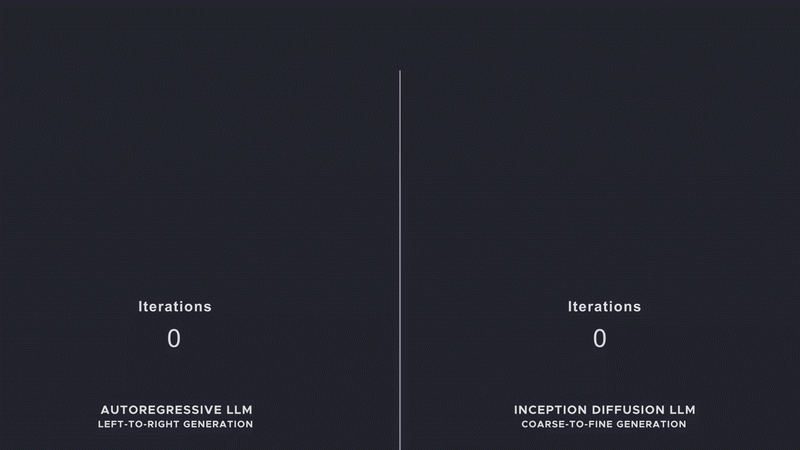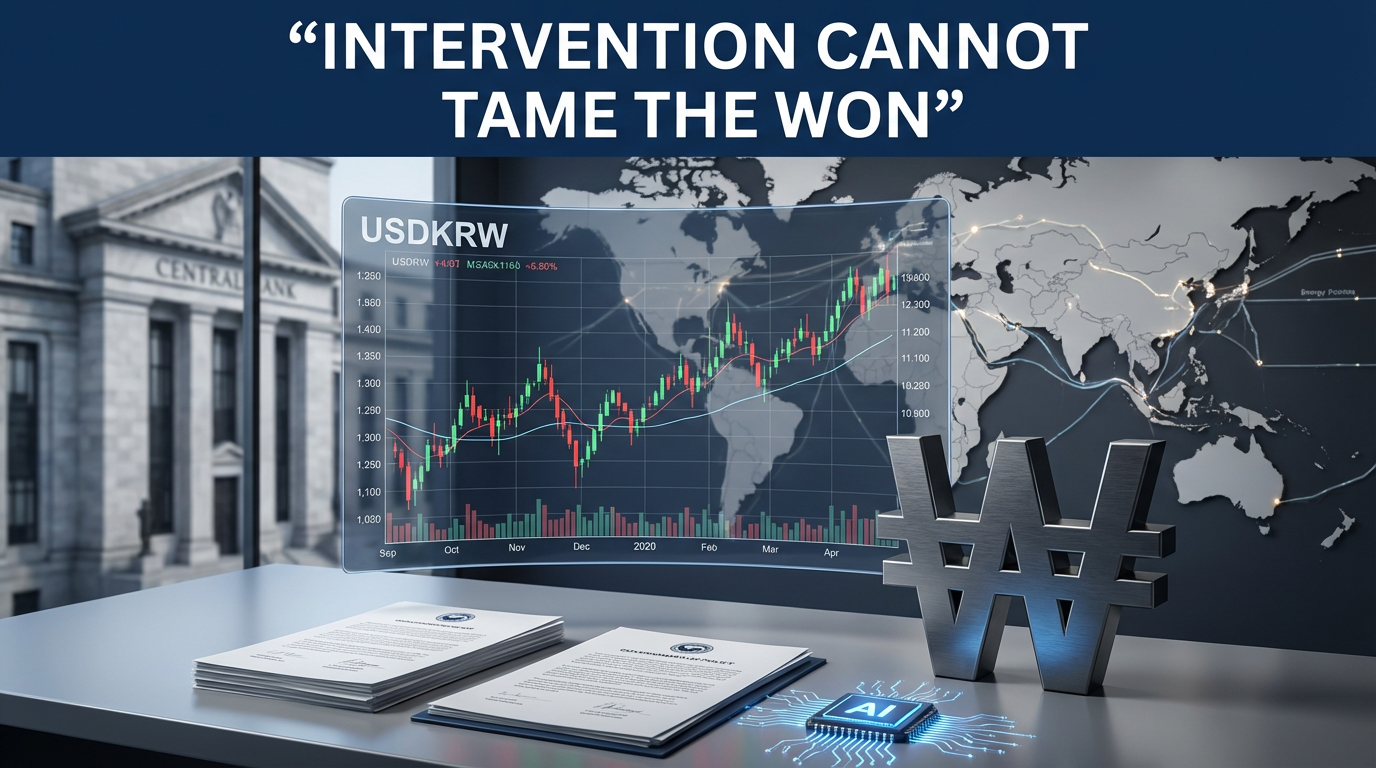Diffusion-based Language Model (DLM): 10x Faster and 10x Cheaper than LLMs
1. What is DLM? Concept and Technological Background
DLM (Diffusion-based Language Model), a recently highlighted technology in the field of artificial intelligence, attracts attention by introducing a different approach compared to existing large language models (LLMs). DLM is an innovative model that applies “diffusion” technology, originally used mainly for image, video, and audio generation, to text generation. Its strength lies in its ability to generate and modify large blocks of text in parallel. This results in significant differences in processing speed and cost compared to traditional sequential word generation methods.
2. Differences between Diffusion Models and LLMs
Existing LLMs have the limitation that they cannot generate the second word before the first word is generated because they generate words sequentially. In contrast, DLM first grasps the general outline of the entire sentence and then refines the details by removing noise. Thanks to this method, DLM’s tokens-per-second processing speed is up to 10 times faster than existing LLMs, resulting in a 10-fold cost reduction, showcasing its innovative performance.
3. Inception’s Innovation and Performance
The DLM developed by Professor Stefano Ermon at Stanford University and the AI startup Inception provides a system that can be immediately used in corporate settings, supporting various deployment options such as APIs, on-premise, and edge devices, as well as model fine-tuning. For example, a small coding model shows performance comparable to OpenAI’s latest model while processing over 1000 tokens per second, demonstrating exceptional speed and efficiency. These characteristics are attracting significant interest from companies across industries seeking rapid change adaptation and cost-effective solutions.
4. The Economic Significance of DLM
The introduction of DLM technology is expected to have a positive impact on the overall economy, beyond technological innovation. First, the revolutionary cost-cutting effect allows companies to improve their financial structure and implement efficient financial strategies. Second, the fast data processing capability enhances real-time responsiveness in economic-related fields such as financial markets and stock investment analysis, leading to clearer economic forecasts. Finally, the application of DLM is expected to further stimulate investment in artificial intelligence, contributing to overall economic growth and strengthening industrial competitiveness.
5. Conclusion and Future Outlook
The new language model paradigm presented by DLM overcomes the limitations of existing LLMs and significantly expands the scope of artificial intelligence applications. Based on its technological strengths of cost reduction and improved processing speed, companies can focus on more efficient system operation and innovative product development. It will be interesting to see how this technology, which is expected to drive innovation across finance, fintech, and various industries, will impact market changes related to economic forecasts.
DLM represents a significant advancement, promising positive spillover effects across the economy beyond mere technological innovation. Further investment and technological development in this field are anticipated.
*Source URL:
https://www.aitimes.com/news/articleView.html?idxno=168352



